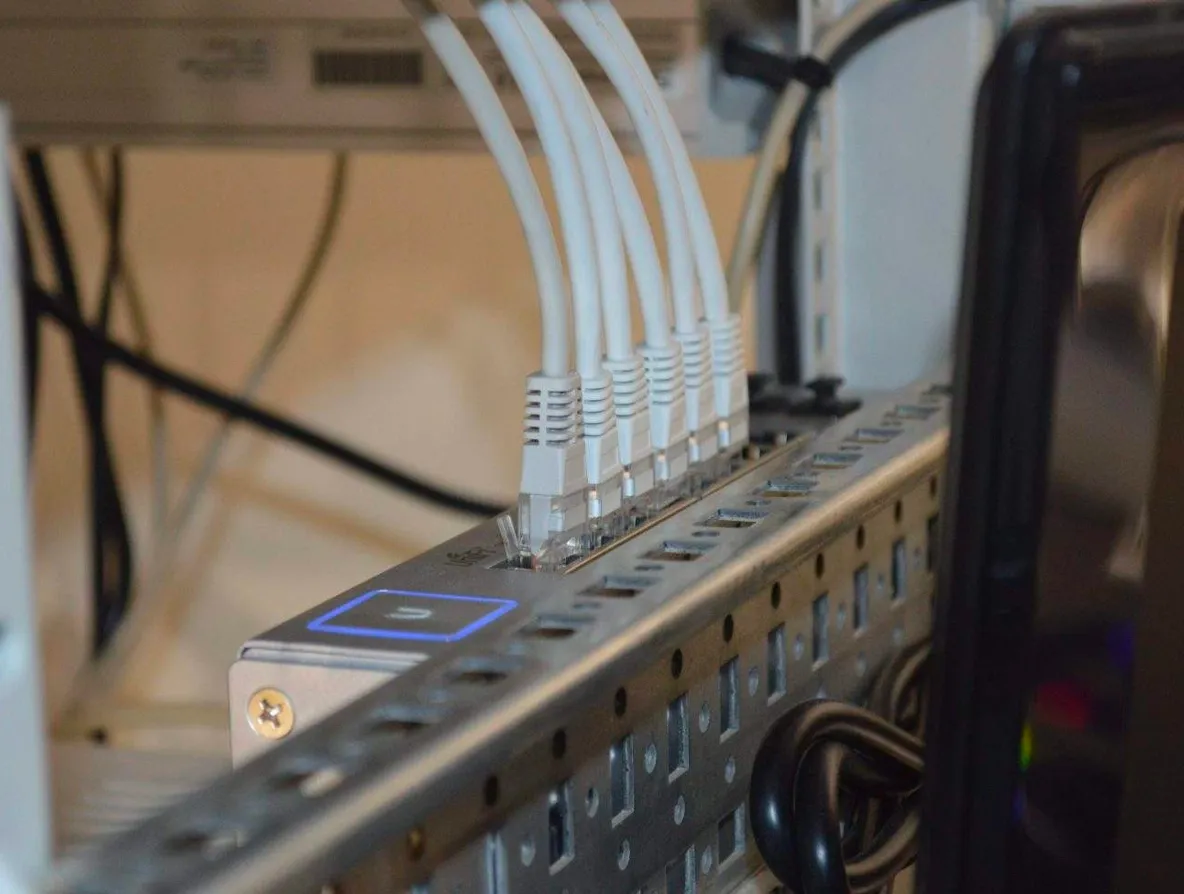




Access to the internet has become a vital part of modern life, providing endless opportunities for communication, education, entertainment, and commerce. However, in many rural areas around the world, reliable and fast internet connectivity is still a major challenge. Despite significant progress in recent years, many rural areas still suffer from slow, unreliable, or non-existent internet connections. The good news is that there are several predictions and trends that suggest the future of internet connectivity in rural areas is looking bright. In this article, we will explore some of these trends and what they could mean for rural communities.
One of the most significant trends in improving internet connectivity in rural areas is the increasing investment in rural broadband infrastructure. Governments, private companies, and non-profit organizations are recognizing the importance of bridging the digital divide between urban and rural areas, and are investing billions of dollars to make it happen. For instance, the Federal Communications Commission (FCC) in the US recently announced a $20.4 billion Rural Digital Opportunity Fund to bring high-speed broadband to underserved rural areas.
Satellite internet technology has been around for decades, but recent advancements are making it a more viable option for rural areas. Companies such as SpaceX and OneWeb are launching constellations of low-Earth orbit (LEO) satellites that can provide high-speed internet to remote areas. This technology promises to provide faster and more reliable connectivity than traditional satellite internet, which suffers from latency issues due to the distance the signal has to travel.
5G networks are being rolled out around the world, promising faster speeds, lower latency, and more reliable connectivity. While 5G is typically associated with urban areas, there are efforts to bring it to rural areas as well. In the US, for instance, the FCC is offering funding to help rural carriers deploy 5G networks in rural areas. 5G could also provide a more cost-effective alternative to traditional wired broadband infrastructure in some areas.
The Internet of Things (IoT) is a network of devices connected to the internet, such as smart sensors, cameras, and appliances. As more and more devices become connected, the demand for reliable and fast internet connectivity will increase. This demand could drive investment in rural broadband infrastructure to ensure that these devices can function properly in rural areas.
Another trend that could help improve internet connectivity in rural areas is the development of community-based networks. These networks are typically built and managed by local communities, often with the help of non-profit organizations. They can provide affordable and reliable connectivity to areas that are underserved by traditional internet service providers. Community-based networks are particularly effective in areas with difficult terrain or where traditional internet infrastructure is difficult to install.
In conclusion, the future of internet connectivity in rural areas looks promising. Increasing investment in rural broadband infrastructure, advancements in satellite internet technology, the expansion of 5G networks, the growth of IoT, and community-based networks are all trends that could help bridge the digital divide between urban and rural areas. While challenges remain, such as the high cost of infrastructure deployment and the lack of incentives for private companies to invest in rural areas, these trends suggest that the future of internet connectivity in rural areas is looking bright.
We are here to help.
Still haven’t found what you're looking for? Chat, email or Call our Customer Care Pro’s!

1400 Broadfield Boulevard Suite 200
Houston, TX 77084 United States
© 2025 Rural Telecommunications of America, Inc. All rights reserved.
1-844-RTA4USA
Deals
Wholesale
Business
Residential
gigFAST NETWORK ®
gigFAST IoT ®
gigFAST TV ®
gigFAST VOICE ®
gigFAST INTERNET ®
Legal
Cookies
Privacy Policy
gigFAST TV ® Privacy Policy
Acceptable Use Policy
RTA Internet Transparency Statement
Supplement to Client Services Agreement General Terms
RTA Story
RTA Careers
RTA Newsroom
RTA Blog
RTA Testimonials
Areas Served
Crystal Beach
Odessa
Midland
Smithville